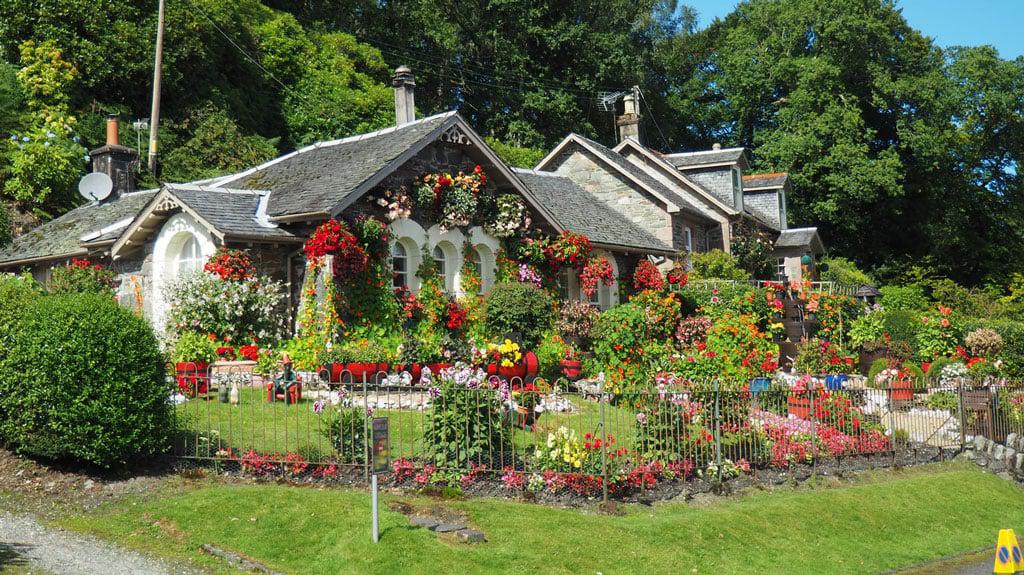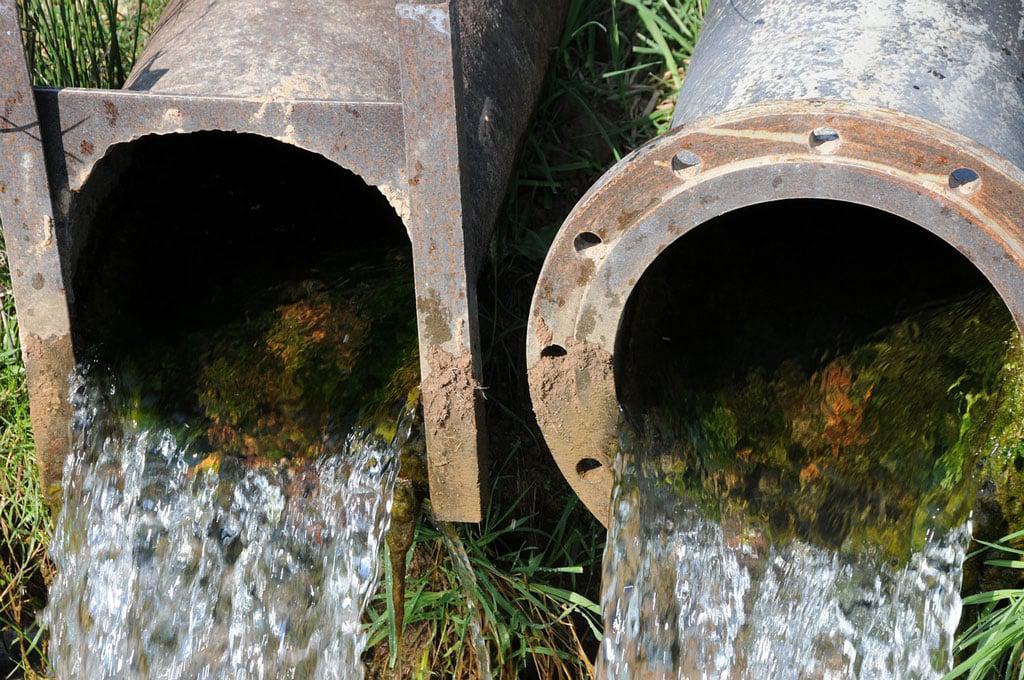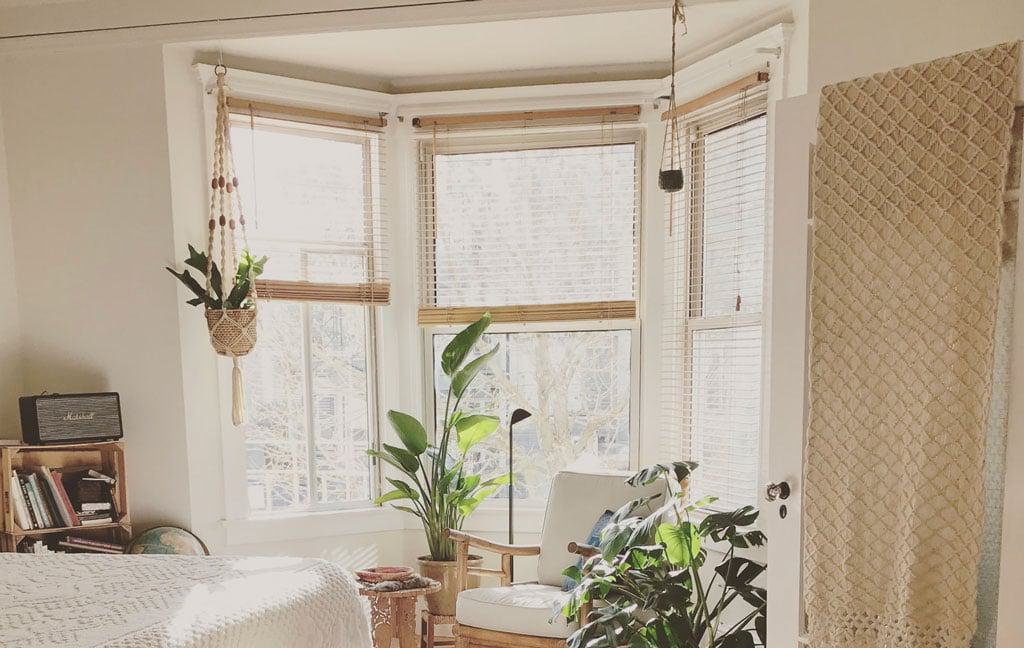Sustainable architecture is a general term that refers to buildings that are designed to limit humanity’s impact on the environment. An eco-friendly approach to modern-day building encompasses every aspect of the planning and construction process. This includes the choice of building materials; the design and implementation of heating, cooling, plumbing, waste, and ventilation systems; and the integration of the built environment into the natural landscape. (https://www.thespruce.com/what-is-sustainable-architecture-4846497)
More and more, sustainable architecture strategies are being implemented in public building designs. Architects take the site landscape, energy management, and stormwater management into consideration when planning, and then use environmentally friendly systems and building materials during construction. When designing public buildings with sustainability in mind, architects use the following sustainable architecture strategies: (https://hmcarchitects.com/news/the-top-6-sustainable-architecture-strategies-for-public-building-design-2018-10-03/ )
1. Passive sustainable design
 Singapore Gardens By The Bay Supertree Grove
Singapore Gardens By The Bay Supertree Grove
The passive sustainable design responds to local climate and site conditions to maximise building users’ comfort and health while minimising energy use. It can reduce temperature fluctuations, improve indoor air quality and make a home drier and more enjoyable to live in. It includes building orientation, air sealing, continuous insulation, windows and daylighting, and designing a building to take advantage of natural ventilation opportunities. (http://www.level.org.nz/passive-design/)
Passive design strategies are a designer’s first opportunity to increase a building’s energy efficiency before going into more advanced building systems. (https://www.metalarchitecture.com/articles/passive-design-strategies) Architects focus on managing daylight and natural ventilation in the best possible way to keep the building’s energy requirements to a minimum. For specific climates, the buildings are created using thermal mass techniques to harness solar energy, the thick walls work to absorb heat during the day and at night release the heat into the building. (https://medium.com/@csvarchitectsottawa/what-are-the-most-effective-strategies-to-create-sustainable-public-buildings-7ec7787e561)
2. Renewable energy system
 Mask wearing in offices will become a new norm for a while.
Mask wearing in offices will become a new norm for a while.
Renewable energy systems work perfectly for some buildings. If the location of the building permits, then systems that harness wind and solar energy can be perfectly implemented in the design. Usually, the renewable energy systems are used in conjunction with passive design strategies. (https://medium.com/@csvarchitectsottawa/what-are-the-most-effective-strategies-to-create-sustainable-public-buildings-7ec7787e561)
Environmental and economic benefits of using renewable energy are it produces no greenhouse gas emissions from fossil fuels and reduces some types of air pollution, diversifying energy supply and reducing dependence on imported fuels.
However, on-site power generation provides local governments with the most direct access to renewable energy as it provides a hedge against financial risks and improves power quality and supply reliability. To overcome these challenges, local government can assess the availability of local renewable resources, consider the costs of different renewable technologies and examine the aggregate costs and benefits of on-site green power. (https://www.epa.gov/statelocalenergy/local-renewable-energy-benefits-and-resources)
3. Green building materials
 Timber is one of the green building materials.
Timber is one of the green building materials.
Green building materials are those in which, for their production, placing and maintenance, actions of low environmental impact have been performed. They have to durable, reusable or recyclable include recyclable materials in their composition and have to be from resources of the area where the building activity will take place. These materials also have to be natural and must not be spoilt by cold, heat or humidity. Timber is the material with the lowest environmental impact on its production and life cycle and has to be certified so that we can be sure about its sustainable production and origin.(https://www.activesustainability.com/construction-and-urban-development/sustainable-building-materials/ )
Although concrete is a core component in homes, public buildings, and bridges, it’s not the most sustainable building material out there. Fortunately, there are more sustainable construction materials that present a greener alternative to concrete. Such as, Timbercrete is an intriguing material composed of concrete and sawdust, is lighter than concrete and the sawdust component both recycle waste material and replaces some of the more energy-involved ingredients in traditional concrete. It also reduces transportation emissions. It can be shaped into pavers, blocks, and bricks, making it both versatile and sustainable. (https://c-r-l.com/content-hub/article/sustainable-construction-materials/)
4. Native landscaping
 Garden with colourful native plants
Garden with colourful native plants
Native landscaping uses colourful native plants, ornamentals, or a combination of the two, to create a natural landscape that manages rainwater while beautifying your yard. Native plants have deep growing root systems that help break up the soil, allowing more water to drain into the ground. (https://www.mmsd.com/what-we-do/green-infrastructure/native-landscaping)
The benefits of native plants included less effort and resources means lower maintenance as they take less care and energy and ultimately will be healthier than planting exotic plants. They require less time needed for things like mowing, planting and chemical sprays. They also require fewer pesticide and fertilizer treatments, translating into less time, energy and money being spent on maintenance.(https://bluegrasslawn.com/5-benefits-of-using-native-plants-for-a-sustainable-landscape)
Besides, they are tolerant of the extreme changes our climate goes through. They are equipped to handle sub-zero temperatures, summer heat, drought, and poor soil. Many native plants have extensive root systems that create natural channels to help keep the soil loose and improve infiltration by slowing water runoff. (https://bluegrasslawn.com/5-benefits-of-using-native-plants-for-a-sustainable-landscape)
5. Storm management
 Overflowing water in drain.
Overflowing water in drain.
Stormwater management is the effort to reduce runoff of rainwater or melted snow into streets, lawns and other sites and the improvement of water quality, according to the United States Environmental Protection Agency (EPA).
Stormwater is water that comes from rain or melting snow and ice. In a natural situation, the stormwater is supposed to infiltrate to the ground or evaporate. In habitats like forests, for instance, the soil absorbs considerable amounts of stormwater and plants help hold significant amounts, ensuring that very little runs off. (https://www.conserve-energy-future.com/stormwater-management-importance-solutions.php)This water often carries debris, chemicals, bacteria, eroded soil, and other pollutants, and carries them into streams, rivers, lakes, or wetlands. Detaining stormwater and removing pollutants is the primary purpose of stormwater management.
In urban and developed areas, impervious surfaces such as pavement and roofs prevent precipitation from naturally soaking into the ground. Instead, water runs rapidly into storm drains, sewer systems and drainage ditches and can cause flooding, erosion, turbidity, storm and sanitary sewer system overflow, and infrastructure damage. However, stormwater design and “green infrastructure” capture and reuse stormwater to maintain the natural hydrologic cycle. (https://www.eecenvironmental.com/what-is-stormwater-management/)
6. Indoor air quality
 House with good amount of air and sun exposed.
House with good amount of air and sun exposed.
Indoor Air Quality (IAQ) refers to the air quality within and around buildings and structures, especially as it relates to the health and comfort of building occupants. (https://www.epa.gov/indoor-air-quality-iaq/introduction-indoor-air-quality) Indoor environmental quality factors such as views, daylighting, indoor air quality, and thermal comfort have all been shown to have significant positive impacts on employee health and performance. These design features should consistently be integrated in interior design as it improve the user experience and owner operations. (https://www.workdesign.com/2019/04/sustainable-design-features-that-improve-user-experience-health-and-productivity/)
In order to have good indoor air quality, the quality and quantity of air in the spaces we inhabit has a direct impact on our health, well-being, and cognitive function. The impacts can vary widely, depending on multiple factors including the quality of indoor air and the concentration of contaminants, the rate of intake or quantity of outside air supplied, and the length of exposure to the air or the amount of time spent indoors. Starting by reducing off-gassing with low emitting materials and post-occupancy maintenance. can include paints and coatings, interior adhesives and sealants, flooring, insulation, and furniture and furnishings. It is important to simultaneously ensure product durability and ease of maintenance without the use of toxic cleaning products. Also maintain an operational standard that includes using nontoxic cleaning products that do not include pollutants. (https://www.workdesign.com/2019/04/sustainable-design-features-that-improve-user-experience-health-and-productivity/)
Secondly, use indoor plants to help filter indoor air and improve the quality of the circulated air. Lastly, ensure all entrances are provided with design solutions to minimize entry of contaminates, such as entry mats for source pollution control. It is also important to factor in the impact of fan energy consumption with the use of filters. (https://www.workdesign.com/2019/04/sustainable-design-features-that-improve-user-experience-health-and-productivity/)
Despite innovations, advancements and increasing public awareness about the need for greener building practices, sustainable architecture is still the exception rather than the norm. (https://www.thespruce.com/what-is-sustainable-architecture-4846497) Sustainable designs are not only environmentally friendly, but they also create interiors that are healthier for living. With natural materials being used in the making, and creating designs that dramatically help in reducing indoor air pollution, these buildings are considered as a healthier option for living and creating a sustainable public building. (https://medium.com/@csvarchitectsottawa/what-are-the-most-effective-strategies-to-create-sustainable-public-buildings-7ec7787e561)




